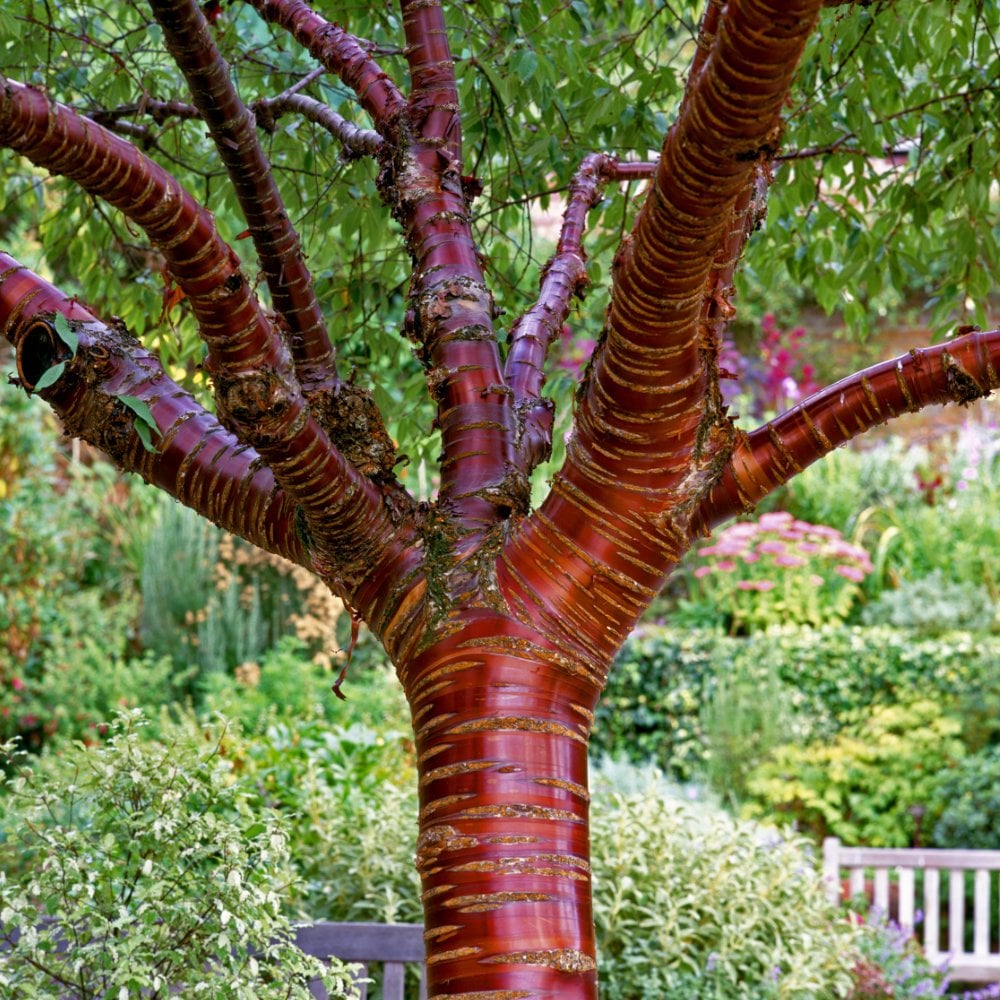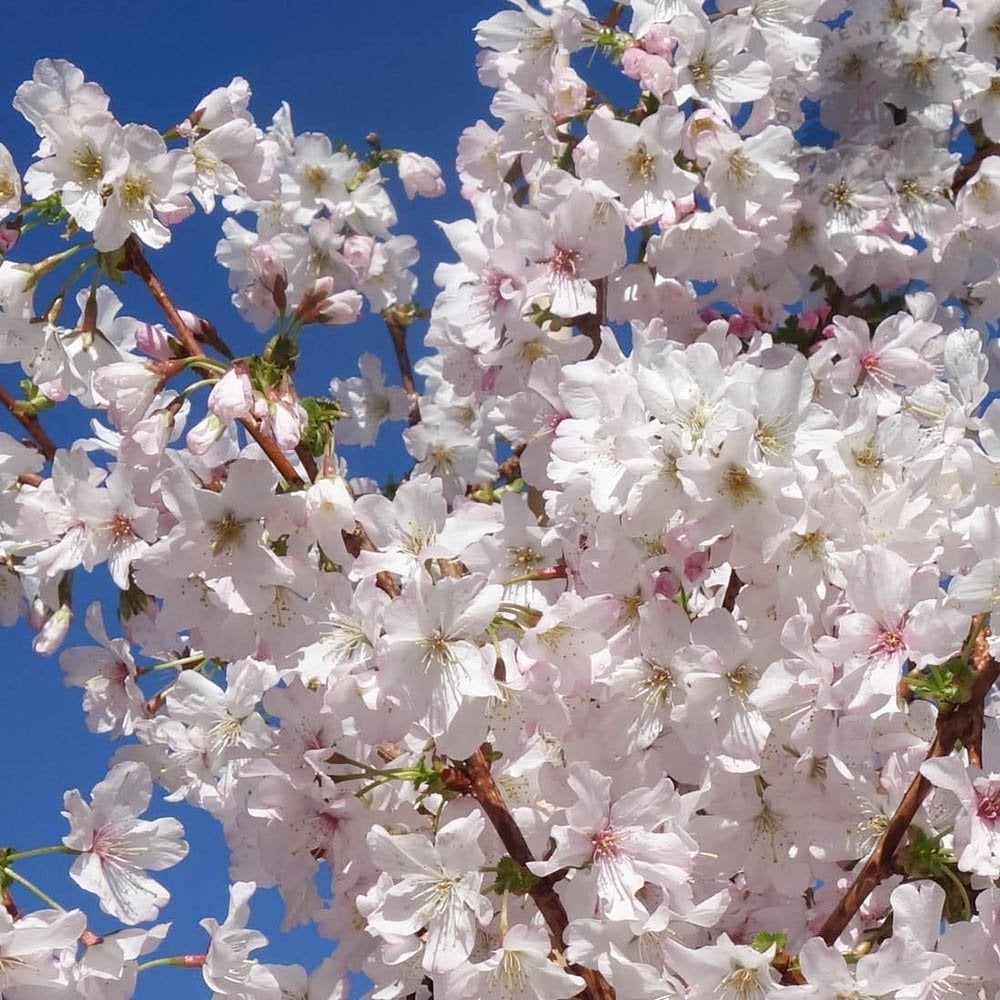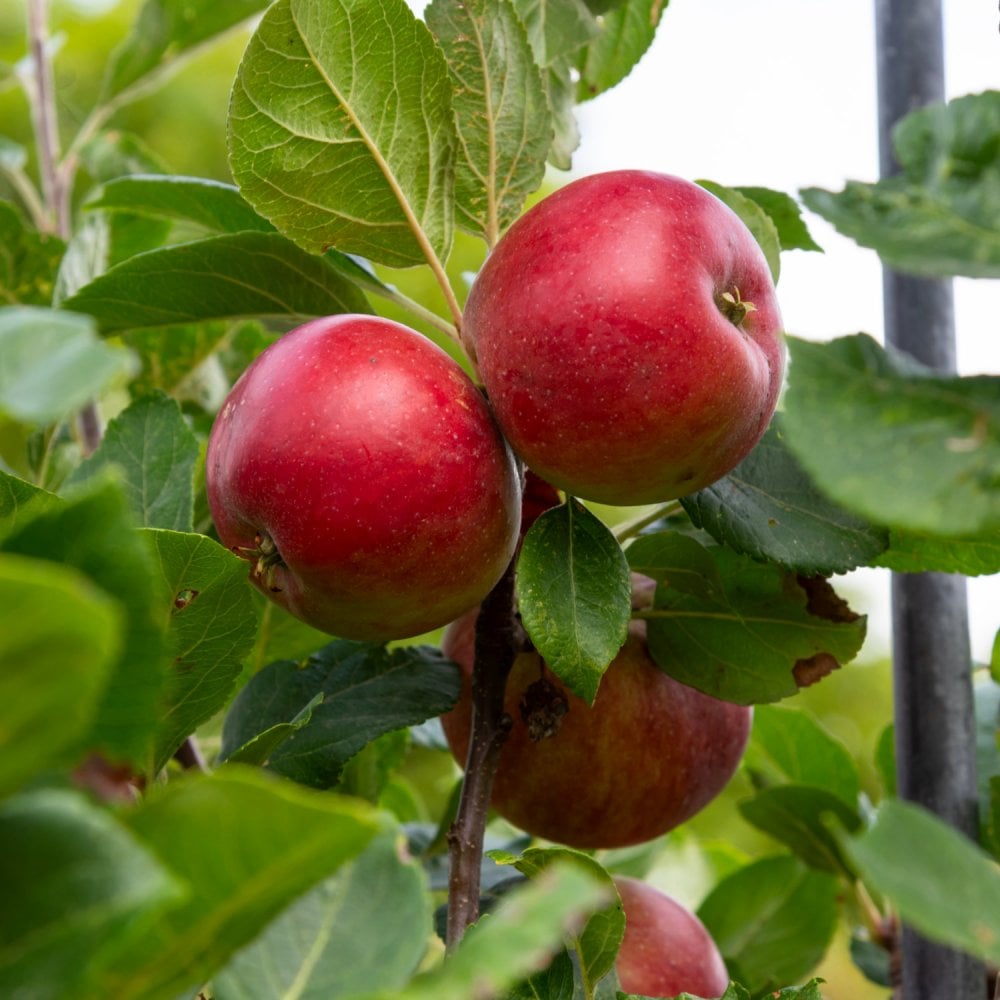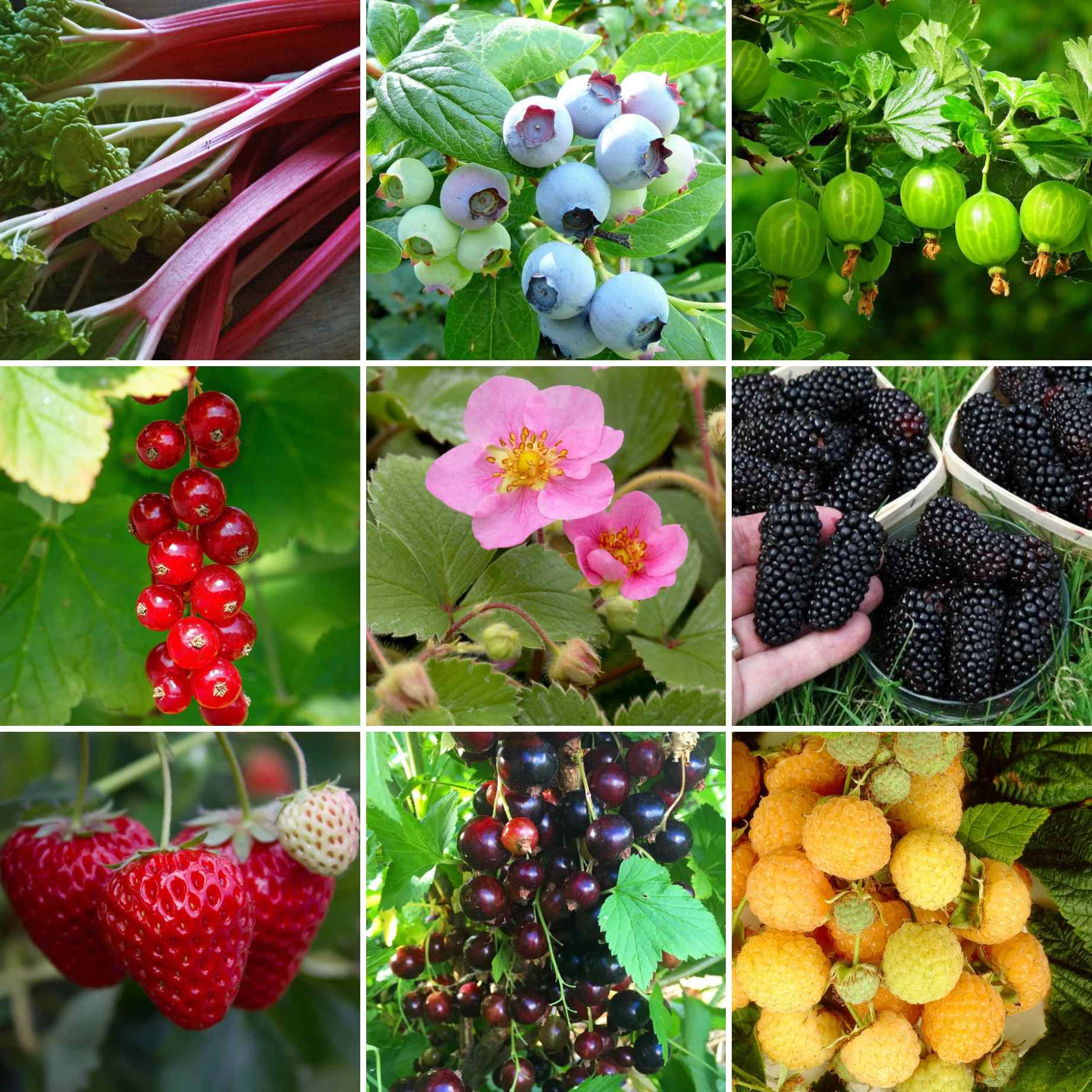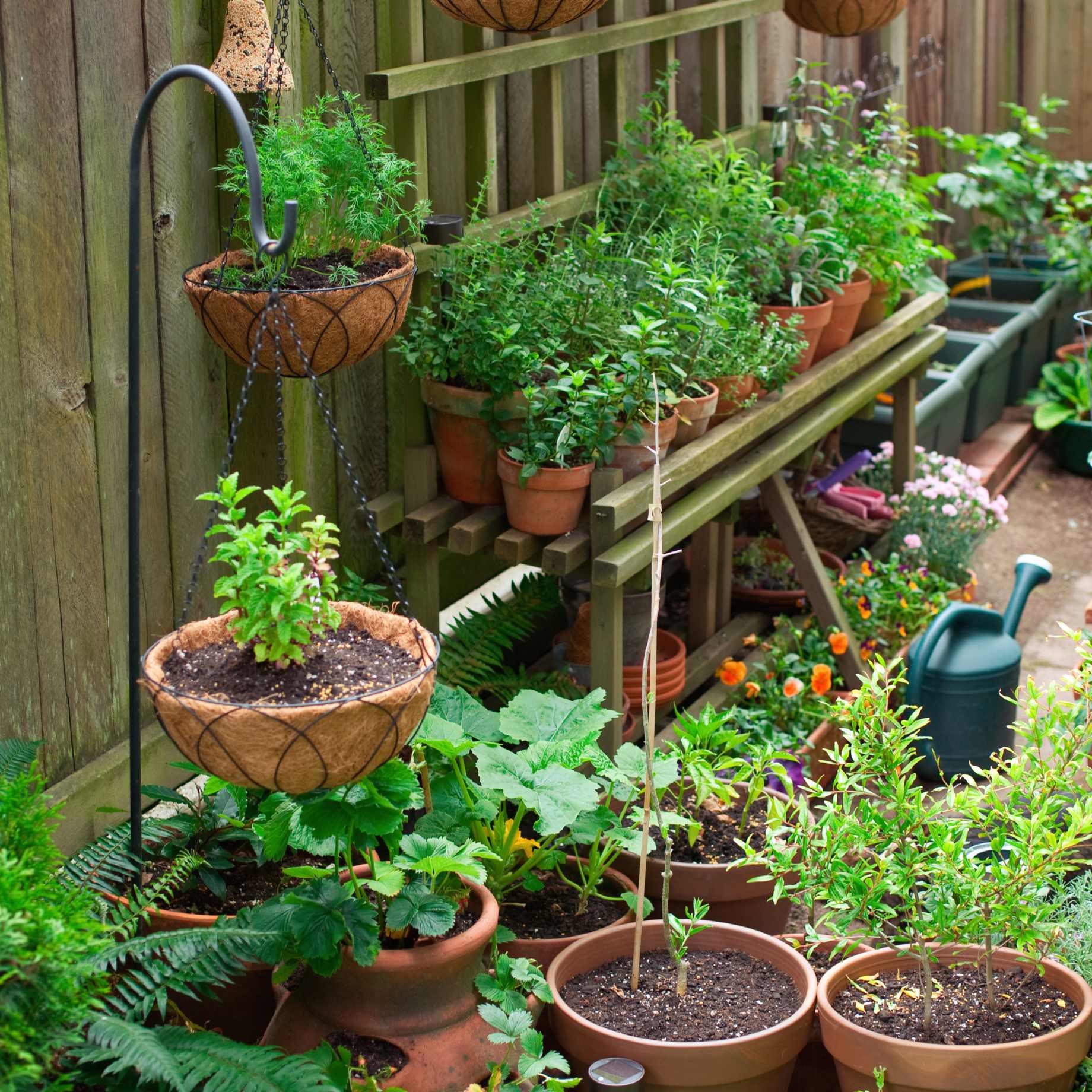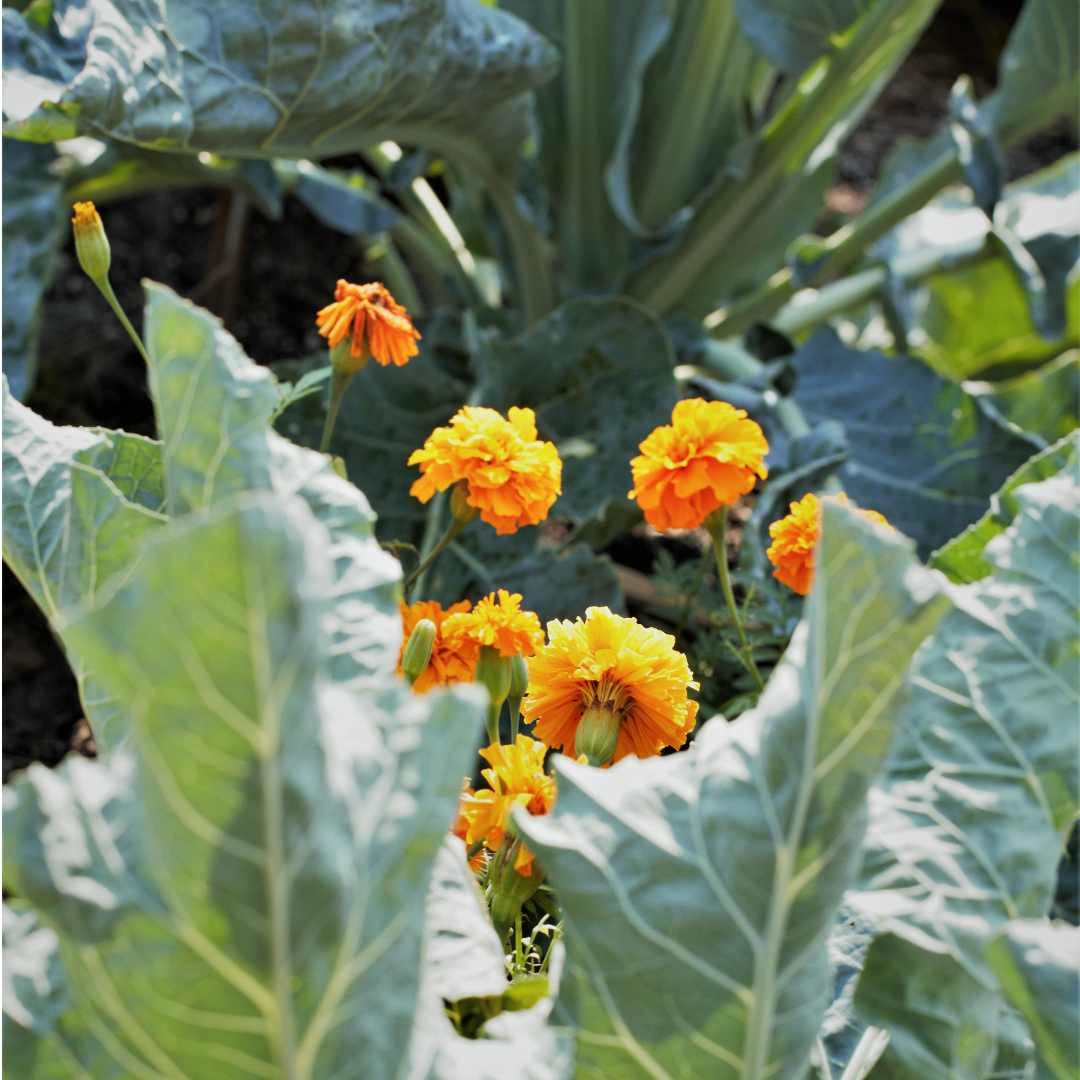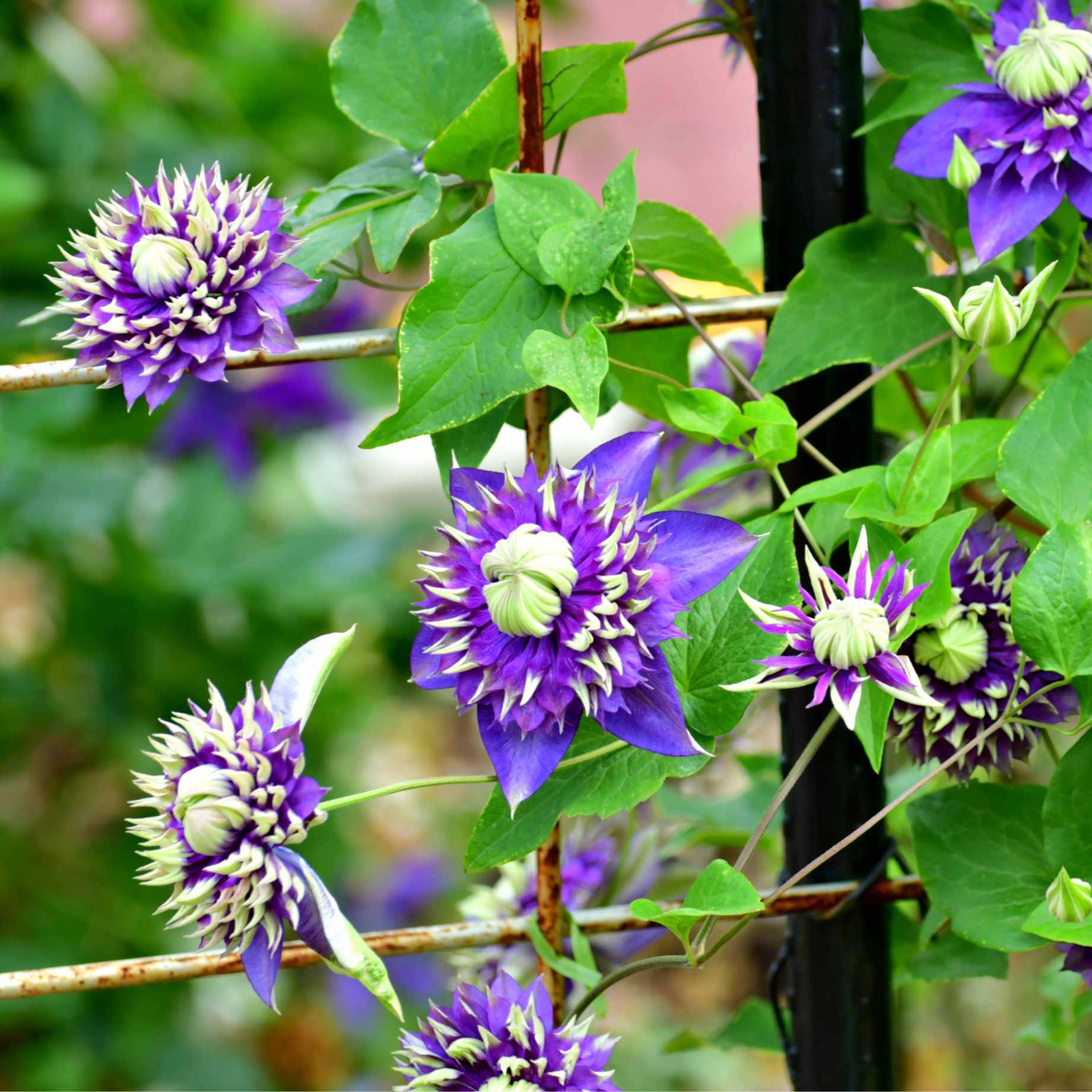Key features
AwardsRHS Award of Garden Merit
Final size5 x 4 metres in 20 years
FoliageGreen leaves turn red in autumn (deiduous)
FlowersSmall, pretty white flowers in spring
BarkGlossy bark
SoilMost soils except extremes
Description
Prunus serrula is a magnificent tree for year round interest with its eye-catching polished, tactile bark. The smooth, mahogany bark peels in translucent cinnamon and honey coloured sheets to reveal a fresh new hue of bronze-red gloss beneath. Caught in autumn sunlight this tree almost glows.
The willow-like, narrow foliage of Prunus serrula displays an intense mid/dark-green colour, turning a lovely rich yellow in the autumn. In April-May, small white flowers are produced and although not the most prominent, are a pleasant addition to the stunning bark and interesting foliage. It justly deserves the RHS Award of Garden Merit.
Also known as the Tibetan Cherry tree, this small ornamental tree will grow to 5 x 4 metres in 20 years when grown as a single stem. It’s ideal for small spaces, particularly in urban settings as it’s tolerant of pollution. The Tibetan Cherry grows well in most conditions but it’s best to avoid wet or shallow, chalky sites.
AKA P. serrula, Tibetan cherry tree, Birch bark cherry, Paperbark cherry
Planting Steps
1Preparation
- Pot-grown plants can be planted at any time of year, whereas bare roots need to be planted between November and March.
- Clear weeds and grass within a metre of the planting hole.
- Dig a hole as deep as the root mass and twice as wide.
- To help your plant establish more effectively, sprinkle Rootgrow in the hole.
2Planting
- Gently loosen the roots and place into the planting hole.
- Ensure the top of the plant’s compost is flush with the level of the surrounding soil and the graft union or collar of the tree is above ground level.
- Mix 50% of the original soil with 50% compost.
- Fill in the hole, firming the soil gently.
3Last Steps
- Water generously around the base of the plant.
- If you are planting either a single stem tree or mature standard tree, we recommend adding a staking kit and rabbit guard.
Aftercare Advice
Flowering Cherry trees require a good watering regime for a couple of years whilst they establish. Water well and regularly through spring and summer, increasing in hot or dry weather. If planting in autumn, you may only need to water a little. It is advisable to keep the area free of competing weeds and grass during this period.
It is beneficial to carry out formative pruning for the first few years by creating a balanced branch framework and removing badly placed shoots. After two to three years, you will only need to remove any damaged or unwanted branches. On top grafted forms, very occasionally the grafted stem may produce shoots and these should be pruned back. The best time of year to prune Cherry Blossom trees is straight after flowering.
For more detailed advice and video guides, please visit our Help & Advice section.

